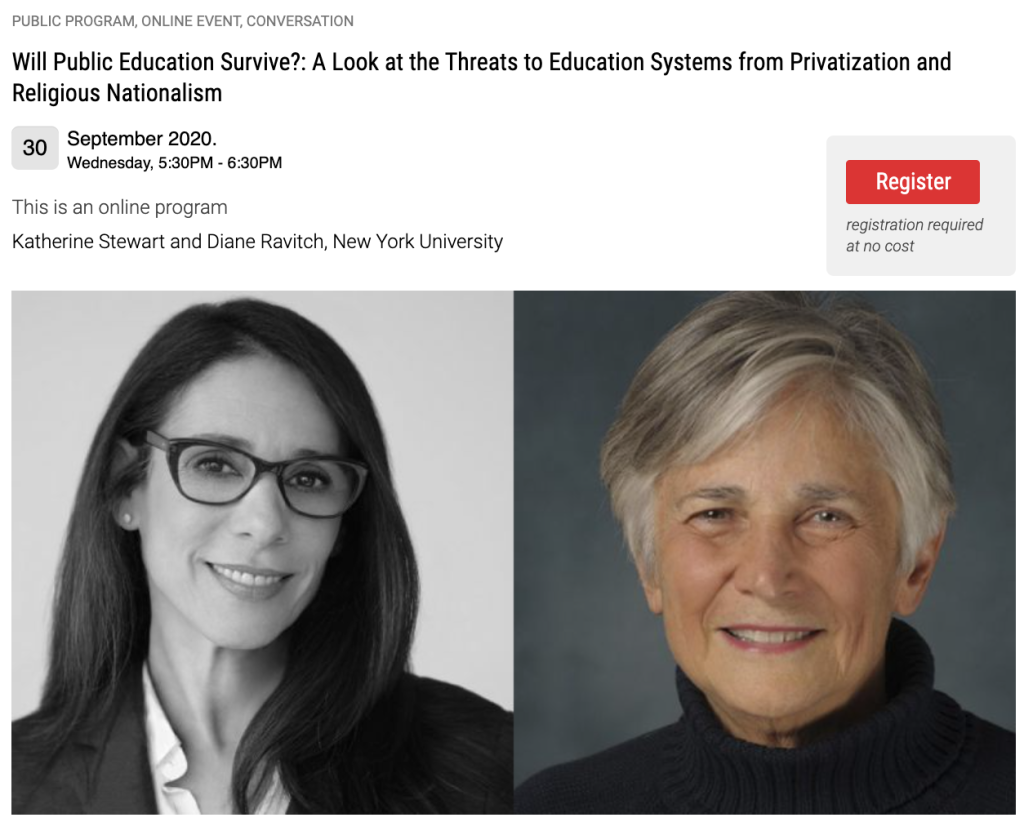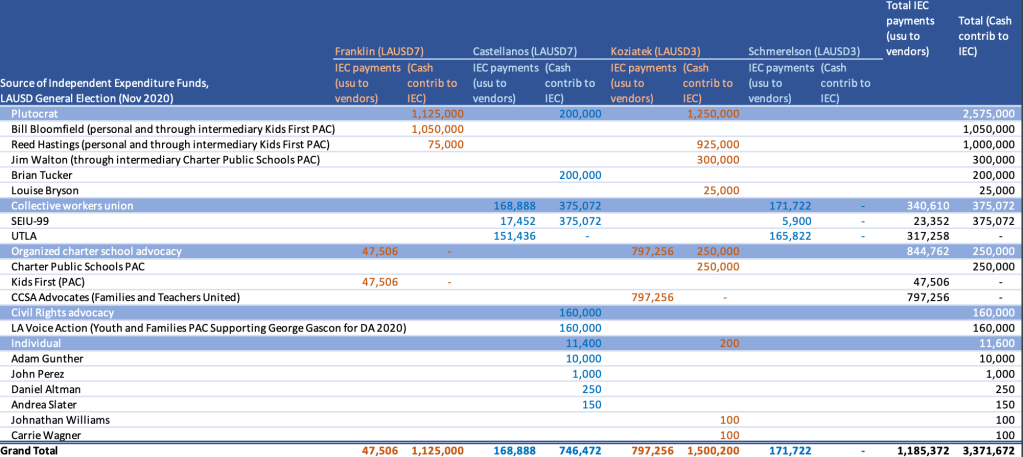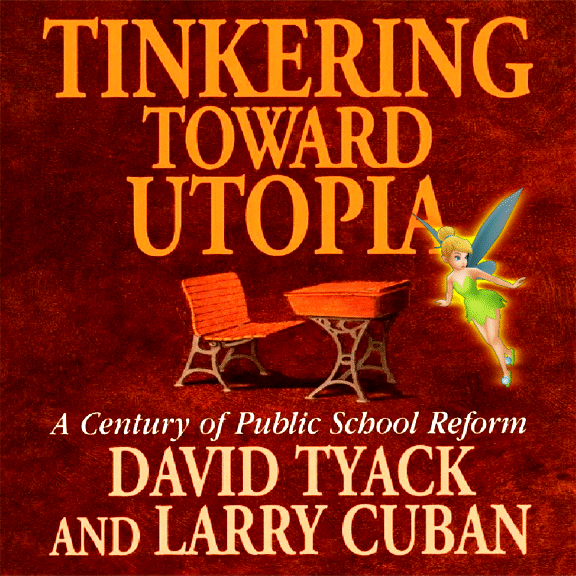SSPI Issues Statement on CSA Report - Year 2020 (CA Dept of Education)
State Superintendent Tony Thurmond Issues Statement on California State Auditor's Report on Youth Suicide Prevention
SACRAMENTO—State Superintendent of Public Instruction Tony Thurmond issued the following statement in response to the California State Auditor’s (CSA) Report on Youth Suicide Prevention on Tuesday:
“More and more of our youth are in crisis, and we must do all we can to help them when they need us the most. Students across California continue to struggle with increased feelings of isolation, anxiety, and depression that are only exacerbated by the pandemic, natural disasters, and social unrest.
“We appreciate the California State Auditor’s review of this important issue and concur with its recommendations. As educators, we understand the responsibility we have to support students’ mental health and emotional needs to combat the pressures of bullying, the impact of trauma, and other barriers to success. We remain committed to helping ensure schools across California have the support and resources necessary to lift up every student.”
In June, the State Superintendent began convening leaders from the California Association of School Counselors, the California Association of School Psychologists, the California Association of School Social Workers, and the California Alliance of Child and Family Services to begin identifying additional supports and resources for students in need.
The CDE continues to offer free Youth Mental Health First Aid (YMHFA) trainings to school, district, and county staff. YMHFA training is primarily designed for adults who regularly interact with young people. It provides child and youth-serving adults, including school and district staff, skills to recognize and support a school-aged child or adolescent who may be experiencing emotional distress, the onset of a mental illness, addiction challenge, or in crisis.
The State Superintendent and the CDE also announced in July, in collaboration with the San Diego County Office of Education, the launch of a free online suicide prevention training program available to middle and high school staff and students throughout the state.
# # # #
Tony Thurmond — State Superintendent of Public Instruction
Communications Division, Room 5602, 916-319-0818, Fax 916-319-0100
SSPI Issues Statement on CSA Report - Year 2020 (CA Dept of Education)





































